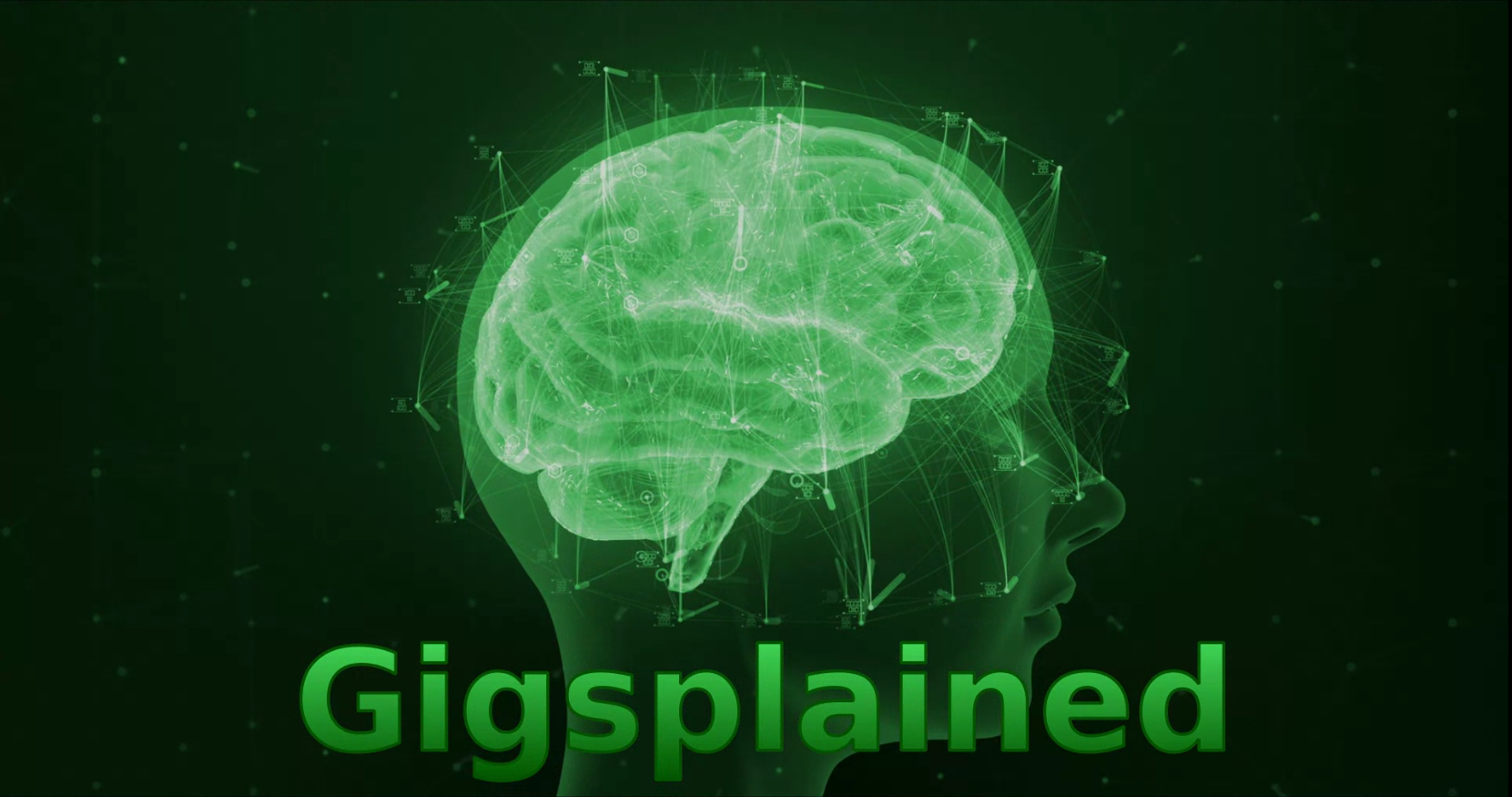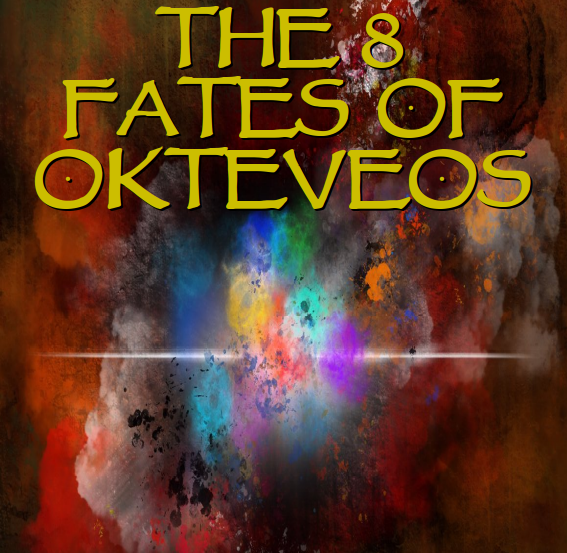This is an excerpt from The Gigabytes Guide to Writing Second Edition on sale in paperback and e-book on this site.
The first thing to know about writer’s block is that the condition we call “writer’s block” is not unique to writers. When software developers experience the same thing we don’t call it “programmer’s block”.
The second thing you need to know is that is isn’t real. Seriously. It is not an ailment, a condition, or an affliction. You won’t find it in the Diagnostic and Statistical Manual as a mental disorder however, you can find a book written 30 years ago called Understanding Writer’s Block: A Therapist’s Guide to Diagnosis and Treatment. The first sentence of the blurb?
“This innovative book explains writer’s block as a symptom of a larger disorder.”
Source: Google Books
Allow me to save you the time reading this 195 page “only to find out you aren’t crazy” book. Yes, writers and creative people can get stumped sometimes and we call it writer’s block because some Austrian psychologist living in New York named Edmund Bergler coined the term in 1947. Yeah, Bergler. Not Hemingway, Bronte, or Verne.
Source: ncbi.nim.nih.gov article PMC7965145
The long and the short of it is that writer’s block is a symptom of a larger issue. While chronic writer’s block may be caused by a mental disorder, your writer’s block may just mean you are tired, sick, or need a new source of inspiration. In other words, rest or do something else for a while. (Incidentally, have you watched the British version of Ghosts? I bet you haven’t.)
Pro Tip: There is literally no rule saying you have to write as the reader will read it. If you are feeling stuck at a certain point, stop writing, create a new document, and start writing a section that you are more inspired with. You can fill in the gaps later. It may even be easier to do so because all you have to do is connect the dots.
The good news here is, not only do you not have to write in sequence, what if I told you that you don’t have to write parts of your book at all?
I often skip parts of the writing and just make notes in brackets like these: <insert yet another joke about Ghosts on Paramount+>. I also use markers like xxx to bookmark the spot where I leave off writing and editing. Those marks are not often used in writing, so you are able to use your word processor’s search feature during editing to search for these sections and fill them in.
Sir Arthur Conan Doyle (of Sherlock Holmes fame) anecdotally started with the end of his mystery books and wrote the plot backwards. Plotting backwards is a legitimate technique used by mystery writers. So, you are allowed to skip around when writing your saucy romance novel (we all know what parts you really want to write anyway).






